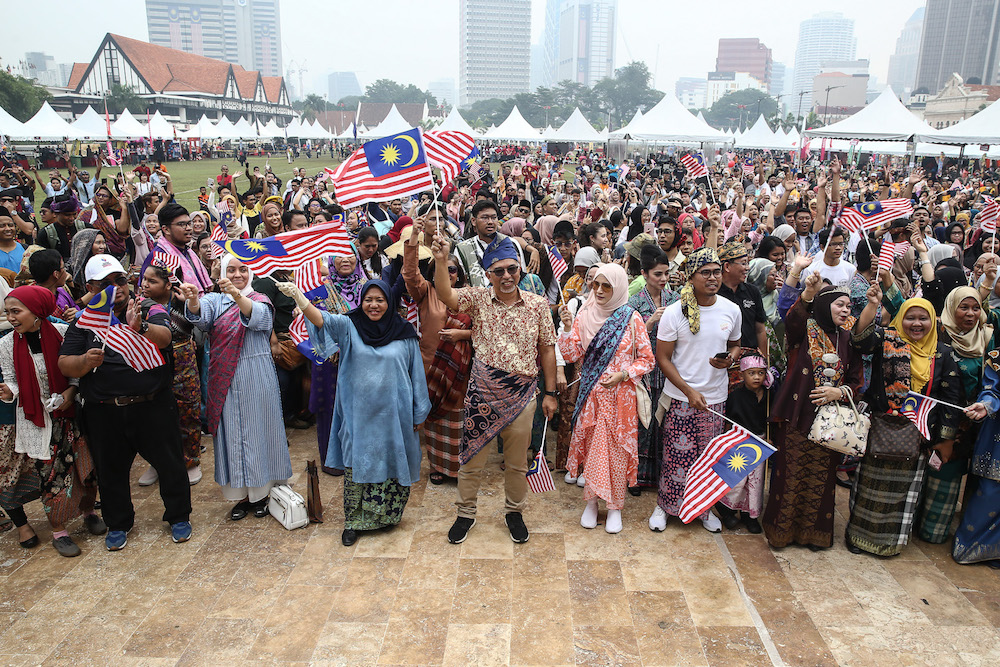KUALA LUMPUR, Sept 16 — If there was an item that could represent the identity of a Malaysian, the “sarong” cloth is one, as it is used or worn in almost every household in the country.
With this in mind, the creative minds behind the semi-regular 'Keretapi Sarong' event, decided to use the sarong — a traditional piece of cloth, often made into a garment or worn just by wrapping — as a symbol of unity, to celebrate Malaysia Day.

Shamsul Bahrin Zainuzzaman, the creative director of local travel site Locco that is organising the event this year, said the idea behind it was both to promote national unity through the wearing of sarong and also to reduce carbon footprint.
“Why the sarong? All of us wear the sarong, regardless of our race. It may not be in batik prints, but the underlying message here is that we all use the sarong, we all grow up talking about the sarong.

“It is something that makes us Asian, and in Malaysia, sarongs are worn widely. There is no better way to recognise this common ground that Malaysians share,” Shamsul told Malay Mail when met at the event’s sidelines in Dataran Merdeka.
During its inception back in 2012, Keretapi Sarong saw a meager crowd of only around 100 people, but more people have caught up with the “movement” and connected with the idea.
Today for the sixth edition, organisers claimed the event drew about 3,000 people from all walks of life.

Participants who came boarded trains from several locations all over the Klang Valley, all wearing the sarong in their most creative fashion.
The idea behind Keretapi Sarong is to create a flash mob at these selected locations, and finally congregate at the end-point, this year, at Dataran Merdeka.

Along the way, participants also took part in pocket events including traditional dancing, reciting of traditional Malay poems and spinning the “gasing”, among others.
“We hope this will continue to draw more people to celebrate the Malaysia Day next year as the year 2020 will be visit Malaysia year.
“This will be a good way to showcase the Malaysian identity through a string of tradition-inspired events,” Shamsul added.




















